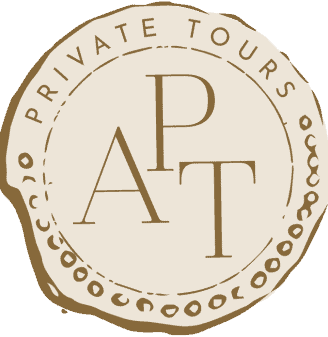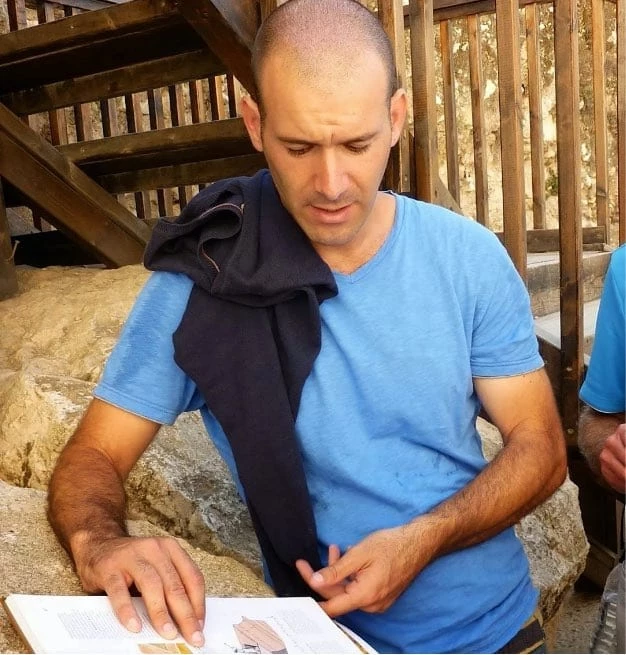The First Aliyah Museum in Zichron Yaakov is a must-visit destination for history buffs and anyone interested in the early days of modern Jewish immigration to Palestine. The museum is dedicated to the first wave of Jewish settlers, the First Aliyah, who arrived in Palestine between 1882 and 1903.
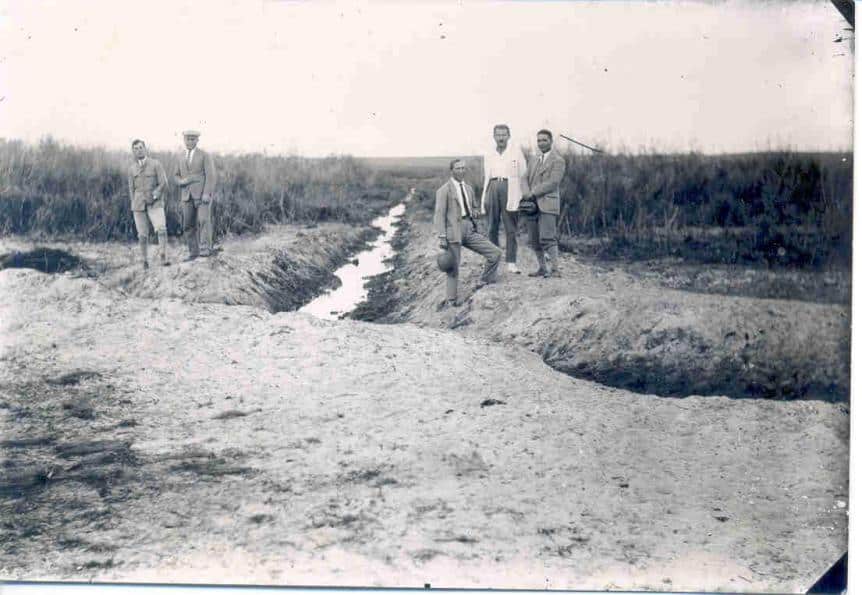
The First Aliyah Museum is dedicated to that pivotal moment in Jewish history that marked the beginning of the modern Jewish settlement in Palestine and laid the foundation for the State of Israel. These pioneers were driven by a desire to escape persecution in Eastern Europe and establish a new Jewish homeland in Palestine. Despite their many challenges, including hostile local Arab populations, harsh living conditions, and limited resources, they persevered and formed the foundations of the modern State of Israel.
A Little About the Museum
The First Aliyah Museum is located in the “Clerical House” which was built in 1894 by the baron’s officials and was considered the largest and most luxurious in the Land of Israel. The building had two high floors and a balcony overlooking the street. On the second floor was a magnificent hall paved with white and black marble. This building was an administrative center for all the colonies in the region.
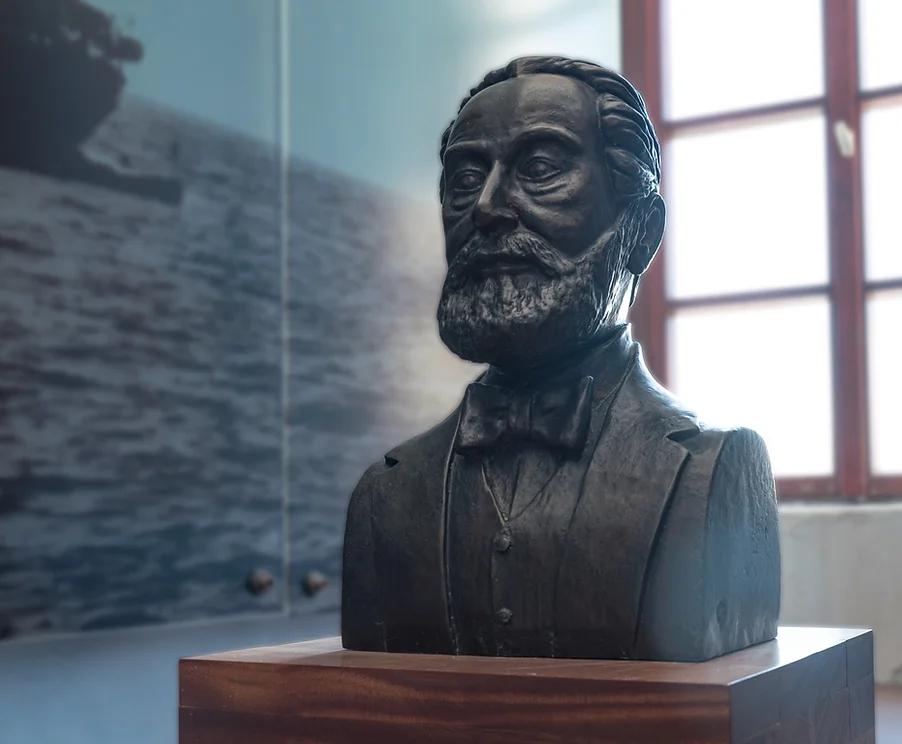
In 1903, an important national conference called “The First Church” gathered here. This was the first time in the renewed Yishuv in the Land of Israel that all its representatives gathered to discuss the questions of Zionism.
During the First World War, the Turkish authorities turned the building into a military hospital and a mosque. When they abandoned the land, the building returned to be used by the people of the Zichron as a council house and later as the elementary school of the Mosheva Zichron Ya’akov.
The Different Displays in the Museum
On the entrance floor: the forerunners of Zionism, the pogroms and the reasons for the great immigration from Europe. Getting to know a family that decides to immigrate to Israel. A map of the journey from Eastern European communities to the Land of Israel.
A short film about the “promised land” – swamps, sands, and barrens in pictures representing the types of land sold to groups of immigrants looking for land for settlement. In a series of models, you can learn about the physical appearance of the first colonies: Rishon Lezion, Rosh Pina, Zichron Ya’akov, Yosod Ha’Maale, Mezkeret Batya, and Gedera.
Later, a film is shown describing the deep crisis the settlers fell into at the end of the first year of settlement. An entire wall at the entrance is dedicated to pictures of the first settlers of Zichron, sixty families of Romanian immigrants, most of whom left generations of descendants in the settlement.
First Aliyah Museum – Second Floor Displays
On the first floor: There is an exhibition on the history of the building (curator: Ora Rosenfeld), and a special corner is dedicated to the story of the Arison family. The second floor is devoted to the level of Baron Rothschild, and the officials sent on his behalf to manage the colonies. Then, the colonies established in the second wave of the first aliyah (1890 onwards, some of them on land purchased by the baron), and the transfer of the colonies to the care of the YKA company are described.
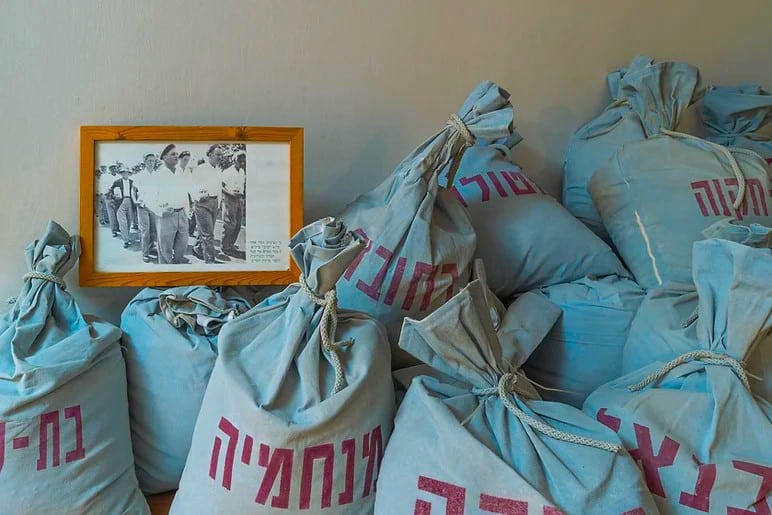
Furthermore, Hebrew education in the colonies is described in a film in which the teacher tries to teach all in Hebrew. Some parents demand that he return to a traditional format of Jewish studies, as in “Hader.” The floor ends with the story of the dignified funeral held for the Baron in 1954, in which sacks of soil were brought from all the settlements he supported as a tribute to his unique work.
Prices and Opening Hours:
Prices:
Adult – 20 Nis
Child 5-18 / student – 18 Nis
Senior citizen – 15 Nis
Family package for 5 – 60 Nis
Family package for 7 – 75 Nis
Hours:
Monday-Thursday 09: 00-16: 00
Friday 09: 00-14: 00
Sunday and Saturday – the museum is closed!
Guided Tours (20 people and up)
Adult – 25 Nis
Child 5-18 / student – 18 Nis
Senior citizen – 18 Nis
What about a group of less than 20 people?
small groups, families, and individuals can book a guided tour for 150 NIS (in addition to the regular entrance prices)
Guided tours for groups of 20-30 people – by booking only!
Languages: Hebrew, English, Russian, Spanish
How long is the tour?
An hour and a quarter (including six short movies).
Here is a link to their Facebook page.
